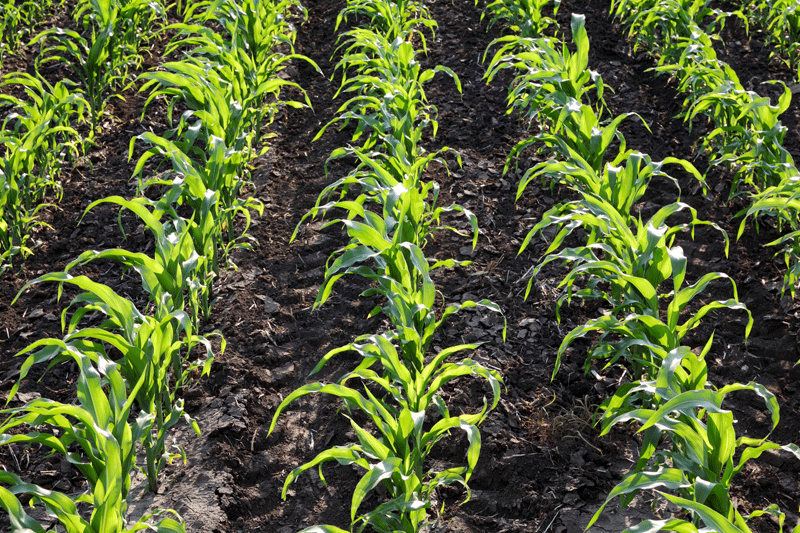Efficient use of P, K, and lime
BALANCING INPUT COSTS WITH INCREASED YIELDS
AN IOWA STATE University (ISU) soil fertility expert is warning Iowa farmers not to make across-the-board cuts in fertilizer and lime applications to save on farm input costs in 2015.

“Don’t cut rates in low-testing soils where yield increases from fertilization can be large,” Dr. Antonio Mallarino told growers at a series of technical workshops this winter.
“There are large profits there even with unfavourable crop prices,” Mallarino said. “Instead, cut applications in high testing soils where there is much less yield response.”
Because soil test values and crop yields vary widely within many Iowa fields, Mallarino emphasized the importance of accurate soil testing as the starting point for variable rate application of phosphorus (P), potassium (K), lime, and micronutrients.
Iowa State researchers have compared the relative efficiency of several soil sampling methods. Dense sampling is 100% efficient but more intensive than most growers find practical, Mallarino conceded. Instead, he suggested grid sampling or zone sampling, both of which have performed better than traditional sampling by soil type in Iowa research.
Grid sampling involves taking composite samples from areas 2.5 to 4.4 acres in size (cells) or from smaller areas (points). It was 50% efficient in ISU studies because the sampling is denser, but it can be more costly than zone sampling.
In zone sampling, zones can be established based on soil survey maps plus elevation, soil or crop canopy images, yield, or electrical conductivity maps. It scored a 39% efficiency rating, while traditional sampling by soil type was only 22% efficient.
Mallarino reviewed Iowa State’s field research, which demonstrates that yield increases are large and likely when P and K are applied in low-testing soils, but that the size and likelihood of increases declines as soil-test values increase. In high-testing soils, yield improvements become unlikely.
yield results
Another large-scale on-farm study has confirmed a strong corn and soybean yield response to lime application when soil pH is below six, but the response is small up to pH 6.5 and unlikely with pH above 6.5.
“In high testing soils, there are losses to investment in fertilizer because a small yield increase or no increase does not offset the costs,” Mallarino said.
In contrast, reducing P or K application rates for low-testing soils “is not a good business decision,” he said. “Fertilization with recommended rates is profitable in low-testing soil even with very low grain prices.”
His analysis compared net returns when corn was at $7, $5, and $3 (U.S.) per bushel and soybeans were at $16, $12, and $8.
Soil testing for micronutrients is not as reliable as for P, K, and pH, he reported. About 100 Iowa trials since 2012 showed no corn or soybean yield improvements with micronutrients.
“With low grain prices, producers can cut application of micronutrients, perhaps with the only exception of zinc in corn when the soil test is low,” Mallarino said.
He dismissed suggestions that similar yield levels can be produced by lower banded rates compared to broadcast fertilization. “This may be the case for zinc but not for potassium and phosphorus in Iowa low-testing soils.”
Mallarino sees significant potential for variable-rate technology (VRT) to improve P, K, and lime management. VRT will not produce large yield responses in all fields, but it can deliver large savings on fertilizer and lime expenses by allowing growers to cut back on application in high-testing areas.
“The long-term benefits of VRT are more certain,” Mallarino said. “The results of dense soil sampling after fertilization and crop harvest show that VRT often reduces within- field soil-test variability.”
For more information on soil testing, check online for Iowa State’s bulletin, “Take a Good Sample to Help Make Good Decisions,” at www.extension.iastate.edu/Publications/ pm287. •








